This piece was provided by CODO Design, a food and beverage branding firm, and authors of Craft Beer, Rebranded. This book (and companion workbook) is a step-by-step guide to help you map out a successful strategy for rebranding your brewery. Join 5,000+ other brewing industry folks on the Beer Branding Trends newsletter to receive monthly field notes covering trends, currents and actionable advice from the front lines of beer branding.
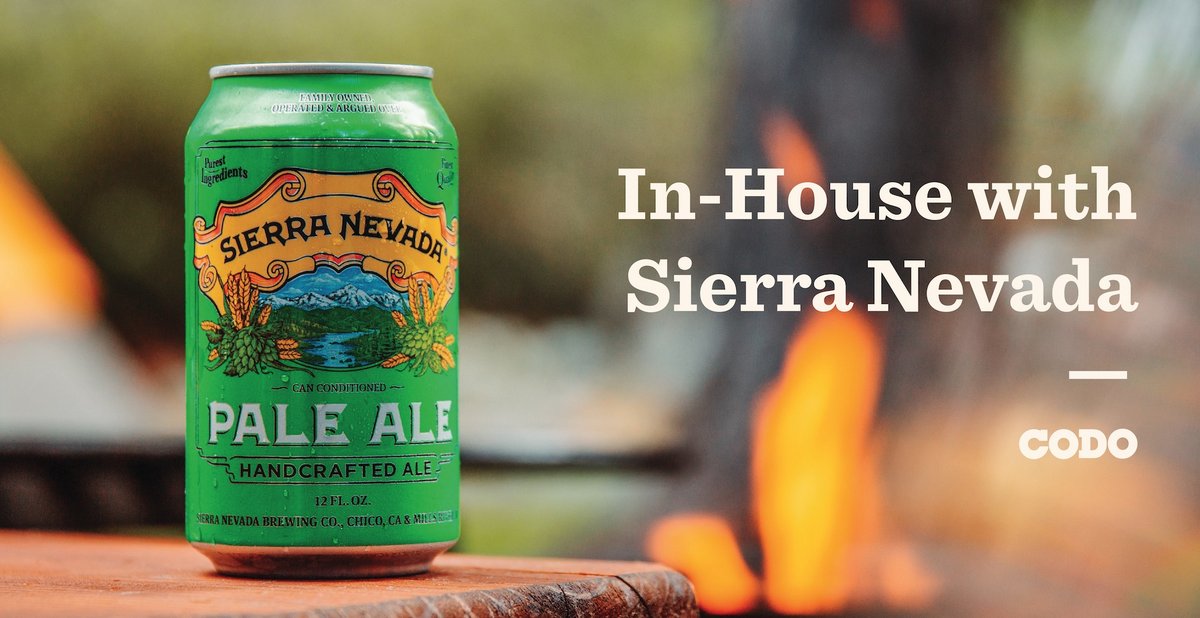
Say it with me — Sierra Nevada Pale Ale. This beer, and brewery, are so iconic that they hardly need introduction. Sierra Nevada’s Pale Ale was a transformational beer for me as I began to explore this entirely new world of better beer (around 2006). I’m not being dramatic when I say that this beer was instrumental in leading me to where I am today — building a business that works with breweries around the world every day.
So I started out as a fan of their Sierra Nevada’s beer, and have remained a fan as my understanding and involvement in the industry have increased over the last 15 years. It’s fun to watch them continually make the right moves, often earlier than anyone else — no small feat in today’s beer market.
On that note, I had a great opportunity to sit down with Conor McMahon, advertising and creative manager at Sierra Nevada to discuss, amongst other topics, how to stay relevant as a 41+ year old craft brewery. Other valuable points we explore include brand extensions (what, why and when they can work) as well as Sierra’s successful move into the Better-for-you space. Let’s dive in.
Isaac (CODO): Hi, Conor. Please introduce yourself and tell us what you do at Sierra Nevada.
Conor: Hello my name is Conor McMahon and I am the Advertising and Creative Manager at Sierra Nevada Brewing Co.
CODO: We’ve worked with breweries in planning and breweries who have been at it for 30 years. We’ve found that there can be a very similar set of pain points and challenges with each one, albeit on different scales. What are some challenges you deal with as an Advertising & Creative Manager at one of the largest breweries in the country that might surprise and resonate with smaller breweries who look up to you?
Conor: I think we all need to continue to stay relevant to an ever-changing consumer. Innovation will always be at our core and the key to our success, but we are searching for new ways to connect with new, current, and lapsed drinkers. Not only with style exploration but brand relevance by meeting the drinker’s need state at the right time.
CODO: Sierra Nevada is 41 years old (!!!). You do a great job of staying relevant with new on-trend beer releases (we’ll discuss this later). From a design and branding standpoint, how do you balance this legacy brand with staying current and top of mind with new consumers?
Conor: It is one of our biggest challenges as a company. Our legacy brands made us who we are today; they allowed us to create new and exciting brands. However, we keep a keen eye on continuing to make them relevant in the marketplace by pushing our look and feel so they stay fresh.
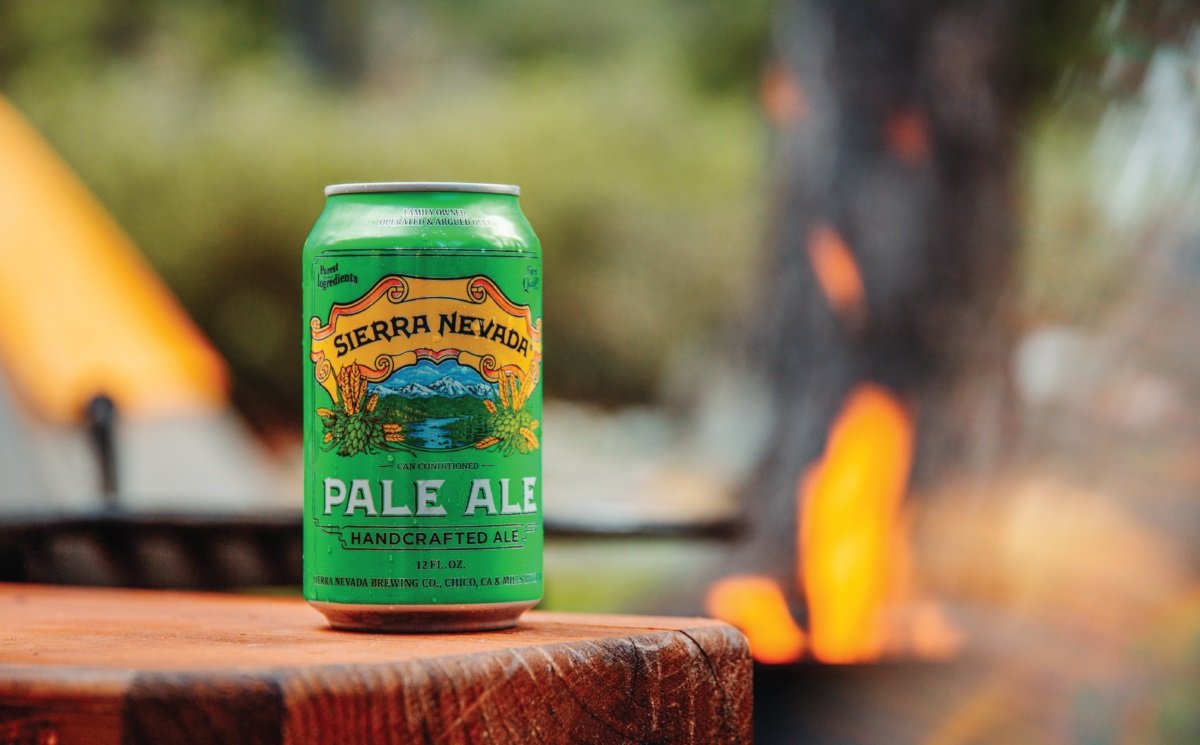
CODO: It’s been fun to watch Sierra make the move from brewery to beverage company — I’m actually using this quote from Ken Grossman on this subject in our upcoming book, “As long as the product has providence and soul, I’m good with it.” This is actually one of the biggest reasons I wanted to have this conversation with you — your Strainge Beast and Little Thing lines.
There’s a big trend right now for breweries to create strong Sub brands within their portfolio surrounding their best selling beer. This can be a perennial best seller like Sierra’s Pale Ale, New Belgium’s Fat Tire, or Stone’s Arrogant Bastard, or it can be from a newer brewery with an emergent beer brand that took off like a rocket.
Sierra Nevada’s Little Thing line, including Hazy Little Thing, Wild Little Thing and Big Little Thing are growing at a fast clip. Technically, the Little Thing line would be a Sub Brand of Sierra Nevada, but that doesn’t really do it justice. It’s almost becoming its own standalone brand with a small endorsement from Sierra Nevada. Can you tell us about how this line lives within Sierra’s broader brand architecture? Do you call it a sub brand internally or do you have another term for it? (or am I overthinking this?)
Conor: I think everyone overthinks it. But yes we call it the Little Thing line, The reality was Hazy Little Thing IPA became a success because it was the right look, the right beer, at the right time with the right consumer. The packaging design is simplistic in nature and we have worked for a marketing standpoint to position the Little Things line as fun and approachable.
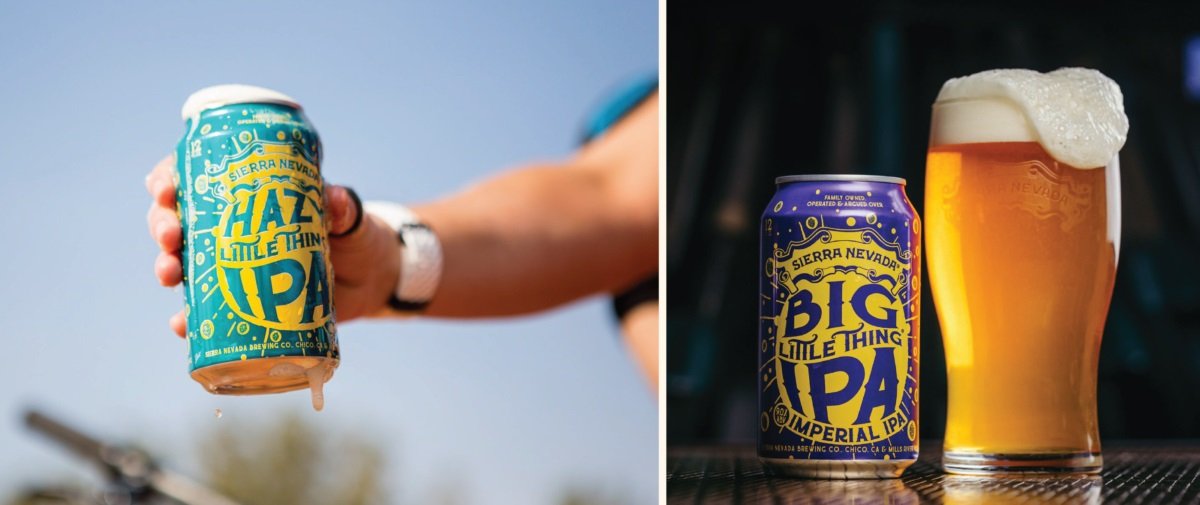
CODO: There’s a major current towards Better-for-you beer and beverages. Sierra is clearly keen to this with Strainge Beast Kombucha and your purchase of Sufferfest. Have you found Sierra’s history to lend itself well to these “healthier” products or do you have to create new brands to credibly play in this arena? (e.g. “Strainge Beast Hard Kombucha” vs “Sierra Nevada Hard Kombucha”)
Conor: We’ve always been mindful of what we put in our products. Our label has read “highest quality, finest ingredients” for 41 years. With Strainge Beast we felt like we needed to create a stand alone brand to have the best chance at success. Also with the offering hard Kombucha being quite different for the flavor profile that Sierra Nevada is known for weigh into the decision.
Read the rest of this post over on CODO’s site, right here.
Join CODO’s Beer Branding Trends newsletter for monthly field notes covering trends, currents and actionable advice from the front lines of beer branding.

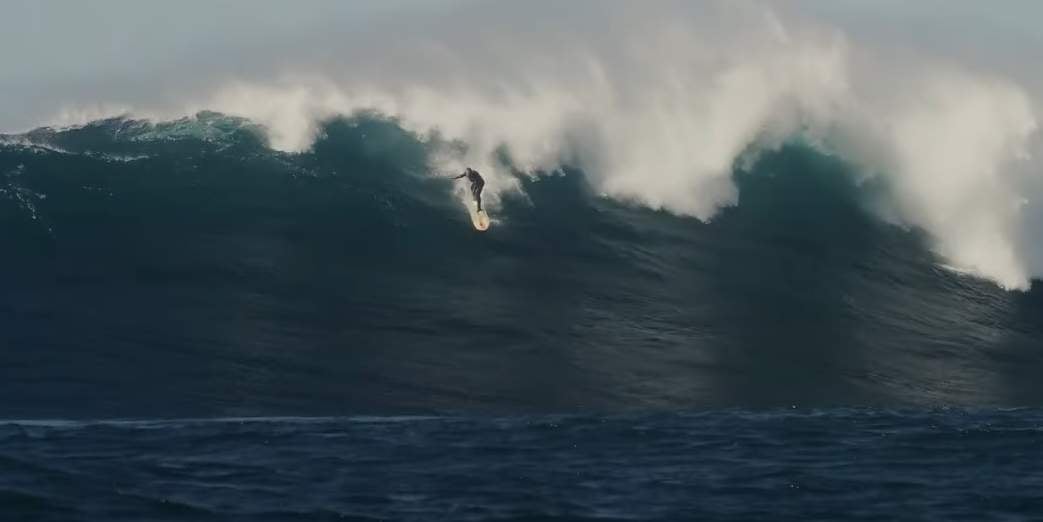
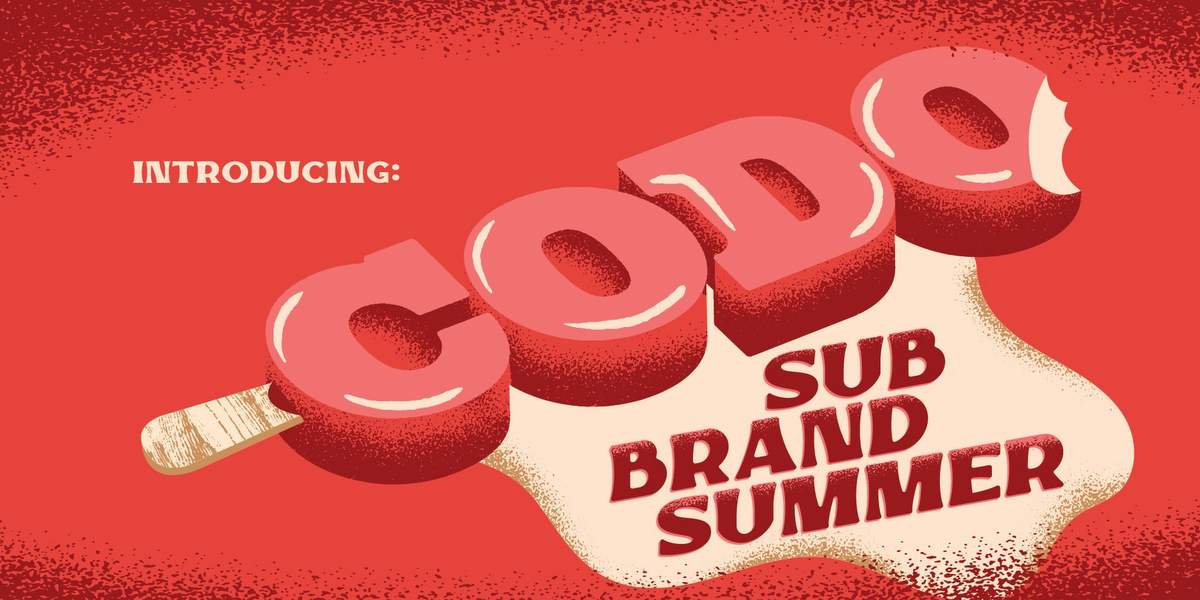
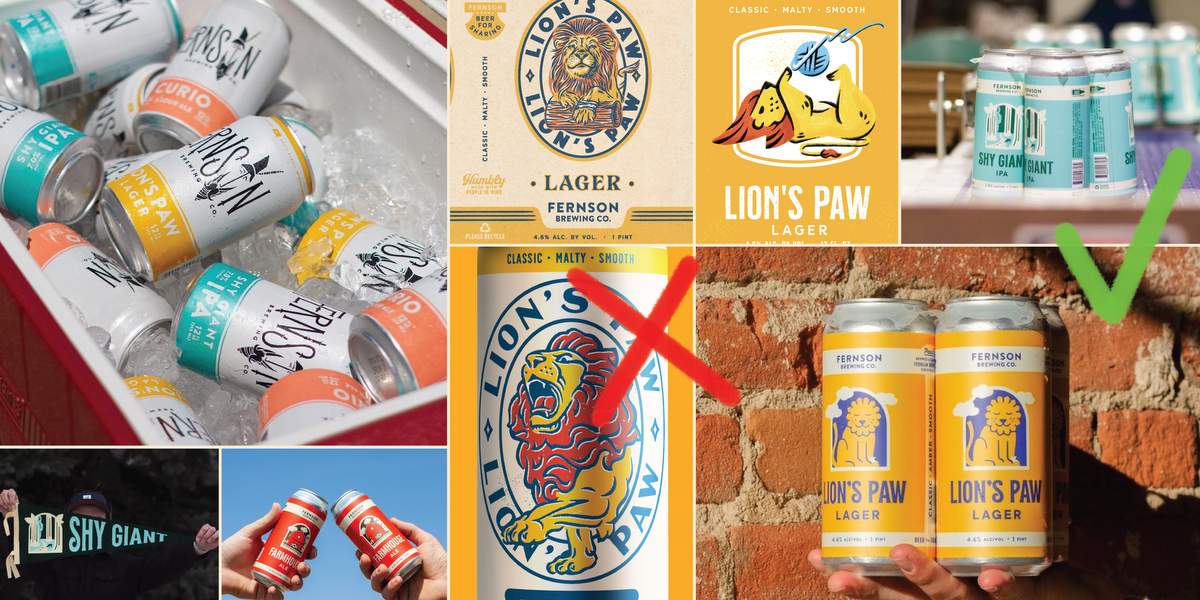
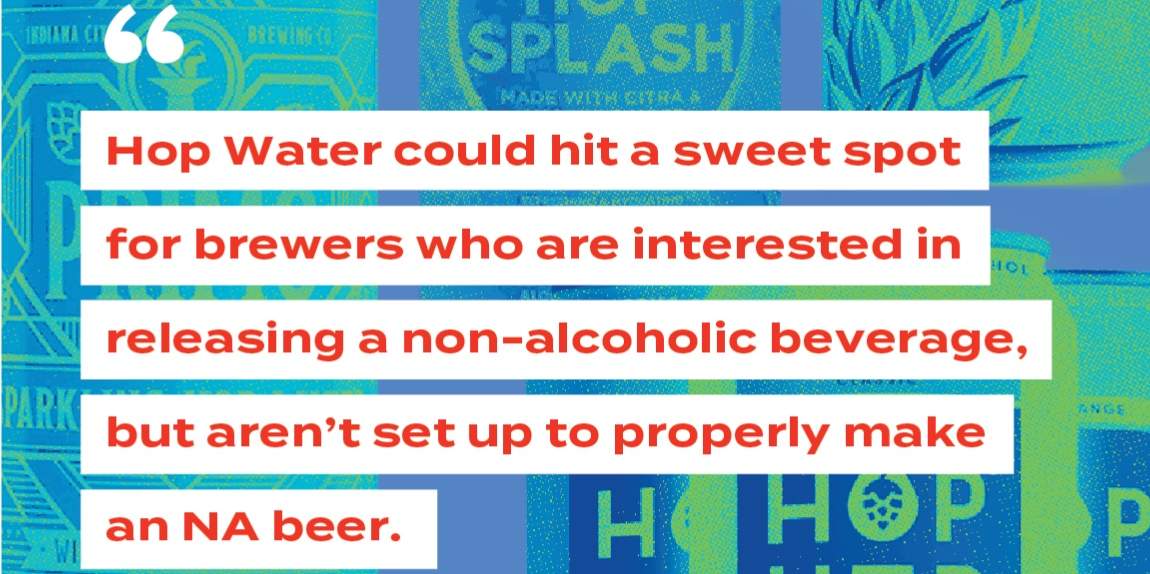
Leave a Reply
You must be logged in to post a comment.